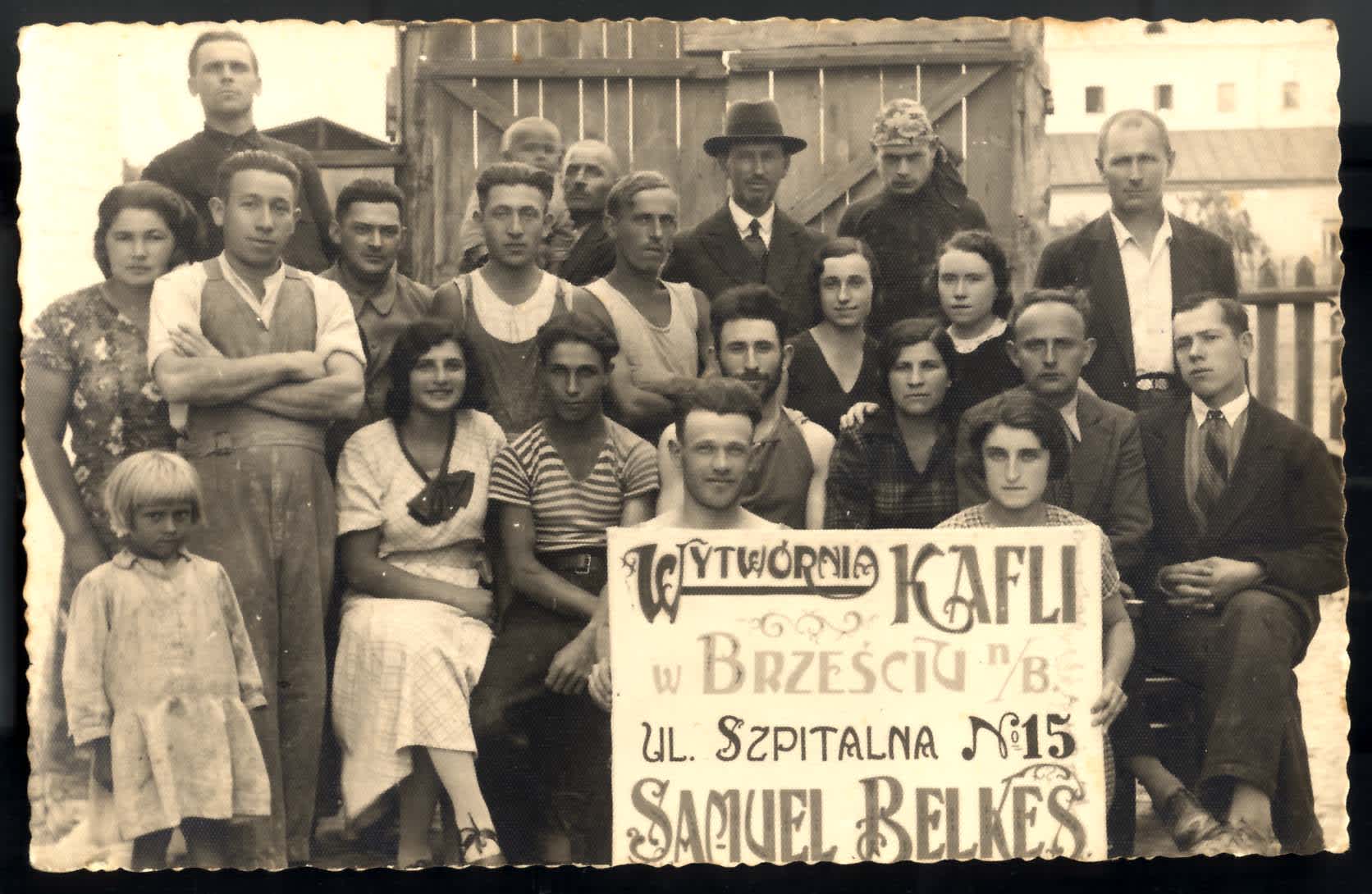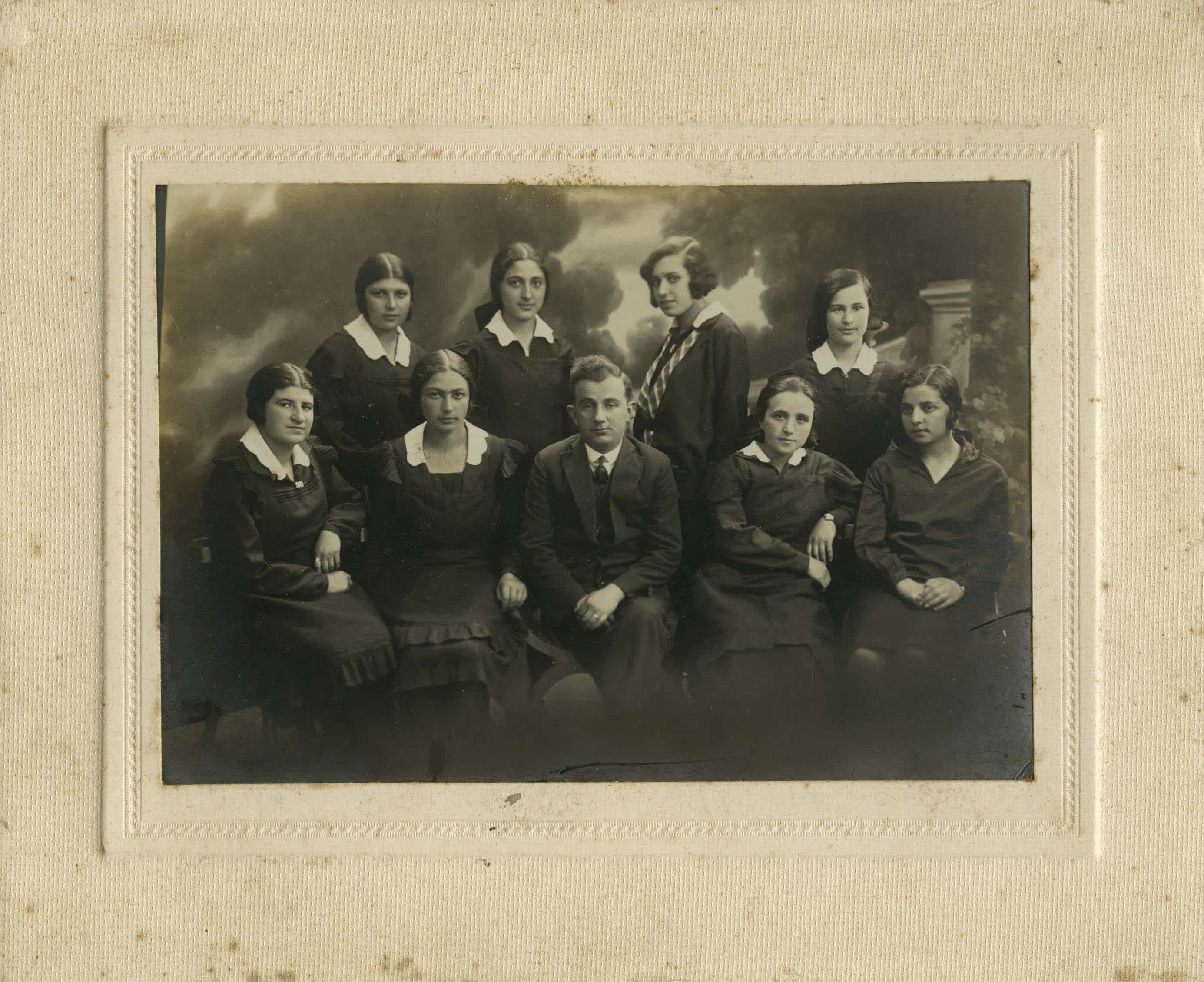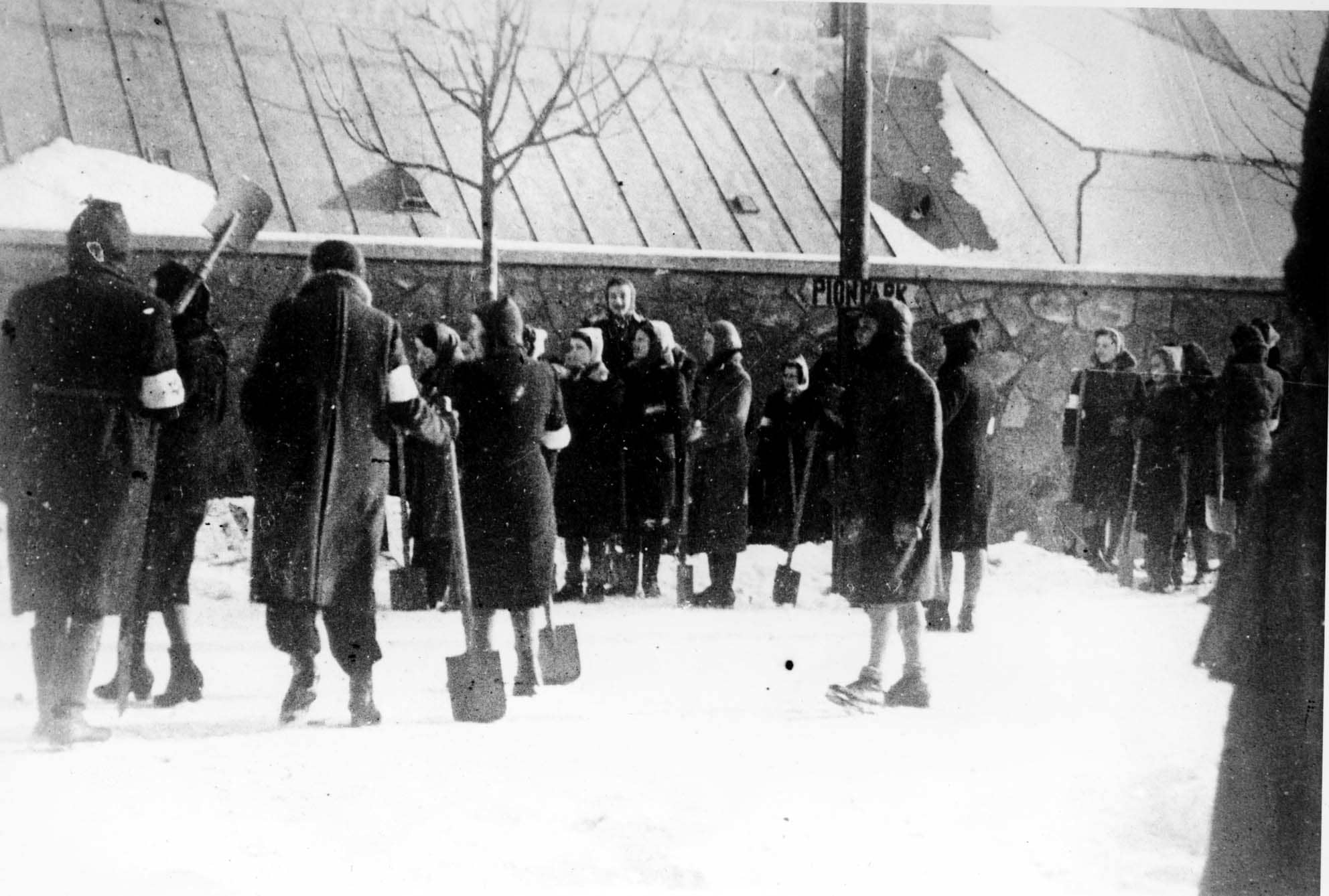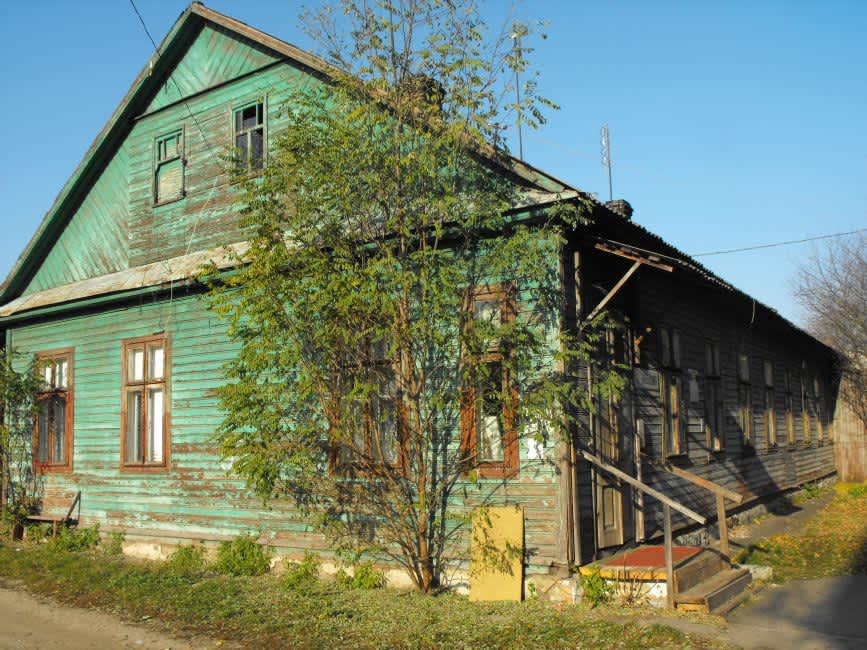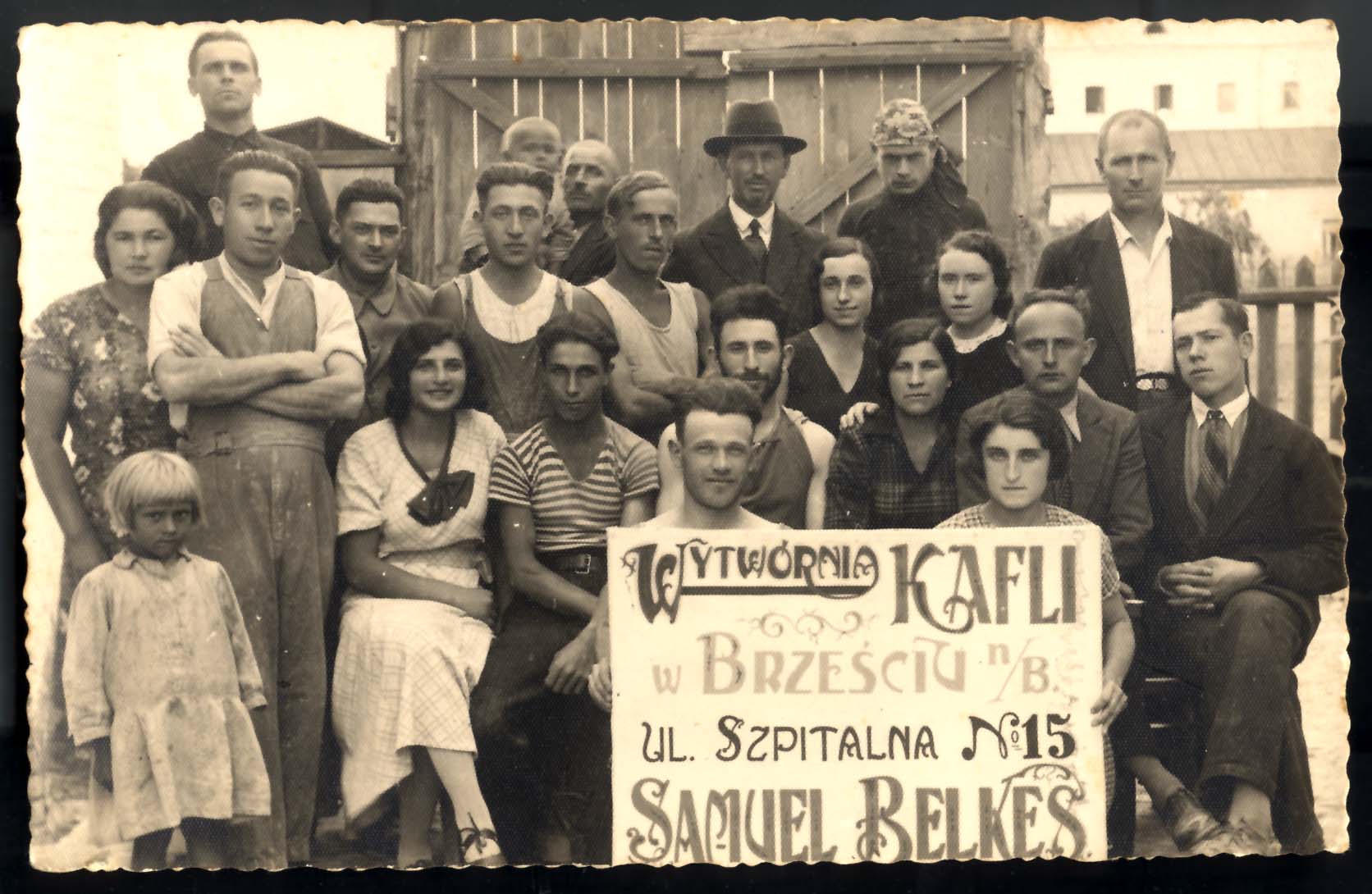

Brześć nad Bugiem

In 1919 Brześć nad Bugiem became part of the Polish state. During the interwar years there were approximately 25,000 Jews living in Brześć nad Bugiem; they comprised almost half of the city's population.
Under Polish rule Jewish education institutions included a talmud torah, a yeshiva, Hebrew schools of the Tarbut and Yavne educational networks, a Beis Yaakov and a Darkei Noam school, and two ORT vocational schools. The community also had various cultural and leisure institutions, including several Jewish and Yiddish libraries, sport clubs, and a drama group. Between the wars Yiddish newspapers and weekly magazines were published in the city, mostly for short periods. The Bund, the Orthodox parties Ahdut and Agudas Yisrael, as well as Zionist parties and youth movements, were active in Brześć nad Bugiem. The Zionist parties sponsored Hebrew-language educational institutions and established agriculural training farms for young people who planned to move to the Land of Israel.
On the first day of World War II many Jews were killed in airial bombardments. Under Soviet rule (September 22, 1939 – June 22, 1941), the local Jewish community's institutions were closed, private businesses (many owned by Jews) were nationalized, and Zionist and Bundist leaders, and wealthy Jews were exiled to Siberia, along with their families.
The Germans occupied Brześć nad Bugiem on June 22, 1941. The Jewish population was murdered in a number of mass shootings. The first two were carried out in late June – early July 1941 in the Brest fortress. Some testimonies report the shooting of the Jews, together with Communist Party members and other Soviet activists, at the local stadium on July 5, 1941. In August 1941 a 20-member Judenrat and a Jewish Order Service were set up in the city. The Jews were forced to pay a high "tax" and to wear white Star of David armbands, which were later replaced by two yellow badges. In November 1941 the German authorities began to concentrate the Jews into two ghettos, referred to as the large and the small one. The ghettos were sealed on December 15, 1941.
Most of the Brześć nad Bugiem ghetto inmates were killed in several murder operations in the area of the Bronnaya Gora train station and elsewhere in the area in the mid-fall of 1942. During the same period Jews were shot at the three major murder sites in the city itself: at the cemetery located between Moskovskaya and Dolgaya (today Kuybyshev) Streets, in a yard on Dolgaya Street, and near the Jewish hospital.
Those Jews who managed to escape the murder operations in the city and fled to nearby villages were found and shot, mostly in late October or November 1942. In addition, some sources report the murder of 90 Jewish children from the local Jewish orphanage and 64 Jews from the city's old folks' home during the early days of the occupation. The exact location of this murder site is not known.
Brześć nad Bugiem was liberated by the Red Army on July 28, 1944.

